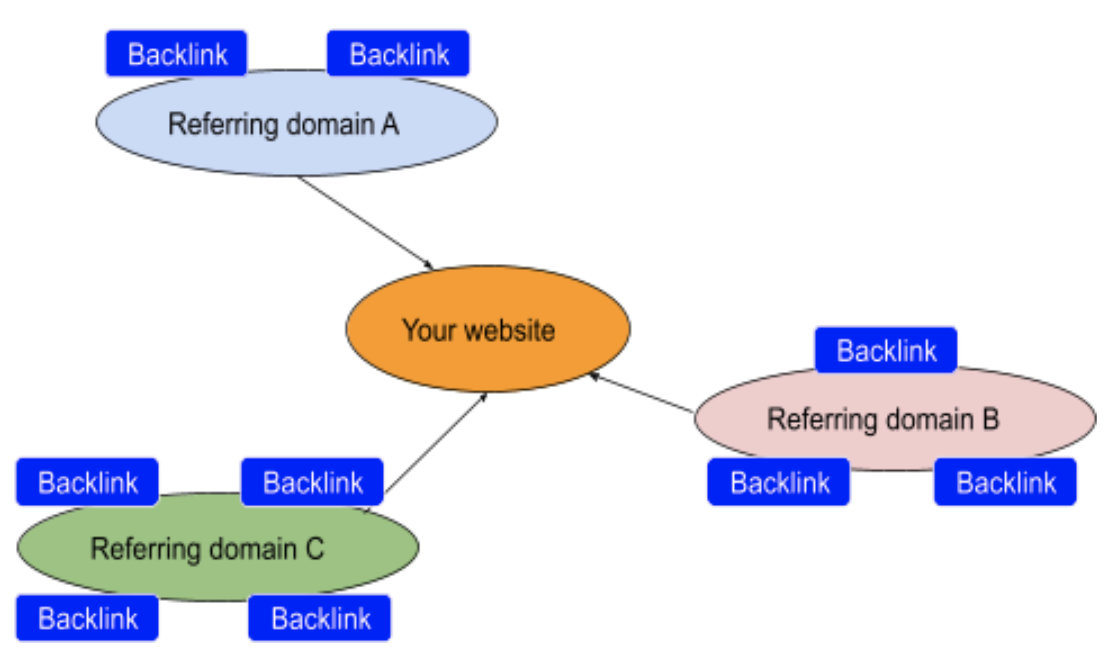Set a Custom Referrer
What is a referring domain?
A referring domain is the website that directs users to your web page with a backlink or hyperlink. In other words, the referring domain is where the user was before landing on your site. Referring domains are considered important in SEO as they help the website owners identify the sources of their web traffic, for either promotional or statistical purposes.

Why use a Custom Referrer?
Setting a custom Referrer is a very practical and functional feature for publishers and website owners who want to scan the websites that are exposed to the users directed from specific webpages or sources. The reason behind it is that sometimes the publisher’s partners use a list of referring domains to set custom parameters for their advertising. When this happens, with the help of the referrer feature, AdSecure users have the capacity to set an extra parameter - a custom referrer to their scans when creating analysis or projects, which makes it possible to scan the traffic sent from certain referring domains, instead of scanning only non-referrer traffic.
Another upside of the feature is that publishers or marketers can perform A/B testing together with the website scanning. It provides a scientific method for analysing the campaign conversion performance as well as insights on the quality of the ad content exposed to the users coming from both referrer traffic and non-referrer traffic.
How does it work?
- You can enable the Referrer feature on a quick analysis or projects.
When creating the quick analysis or project in the application, you will see the option to input the referrer URL in the quick view. If you wish AdSecure to scan and analyse all ads found on the page, don't forget to enable the Ad Discovery feature.

- The referrer feature can also be applied to any API analysis.
Query
mutation {
createAnalysis(input: {
content: "https://examples.adsecure.com/simple",
referer: "https://www.refererURL.com"
}) {
id
}
}
When analysis is done, you will be able to see the referrer URL in the report details.

